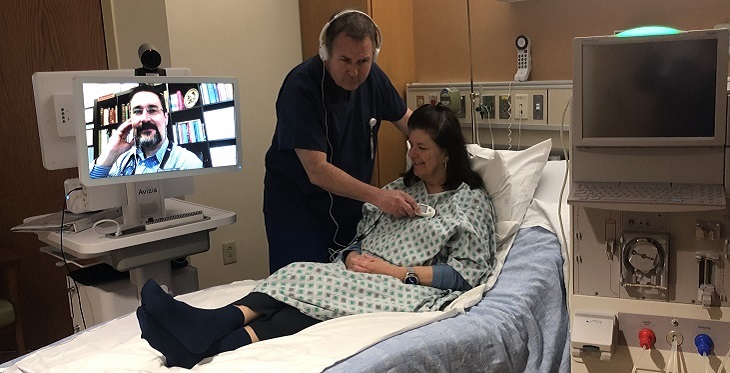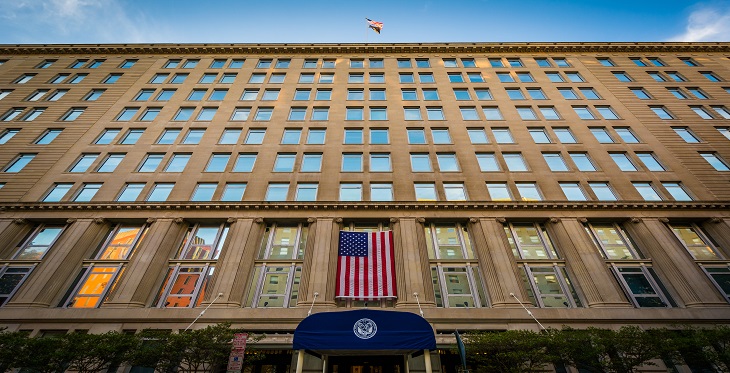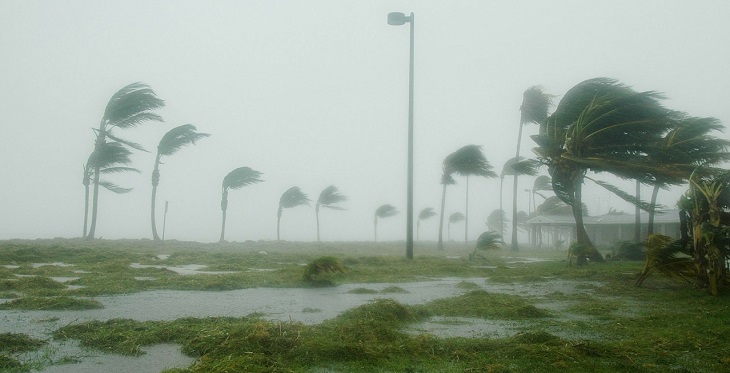When implementing a telemedicine program, you should create a new workflow. It’s easier to adapt a current workflow into the technology than to create a new productivity model. Your daily processes will need some changes but not entirely, and this can be to your advantage.
After your workflow model is altered – and it’s an easy process if done properly -- you can integrate it slowly into your daily practice. This will make this easier for you and your patients.




